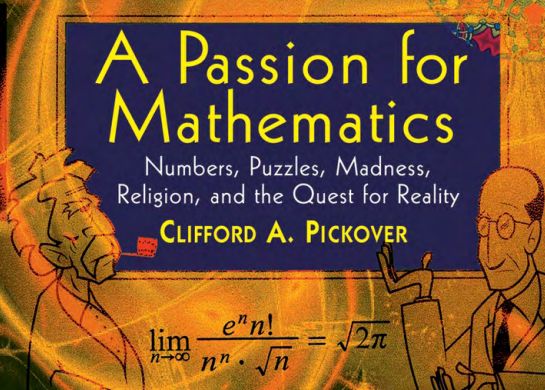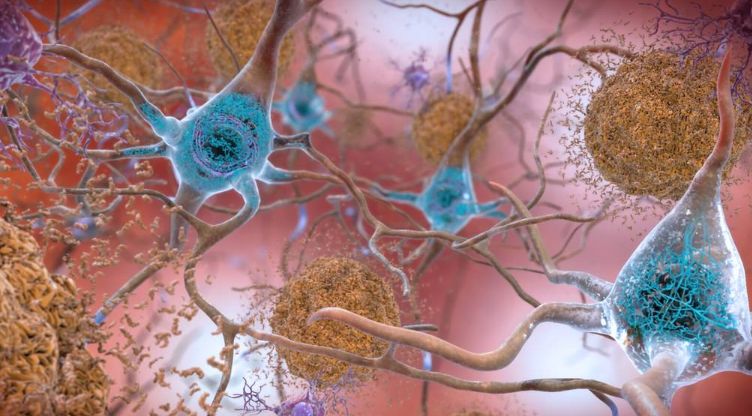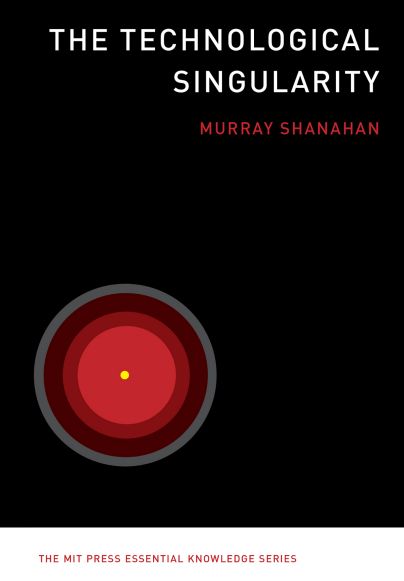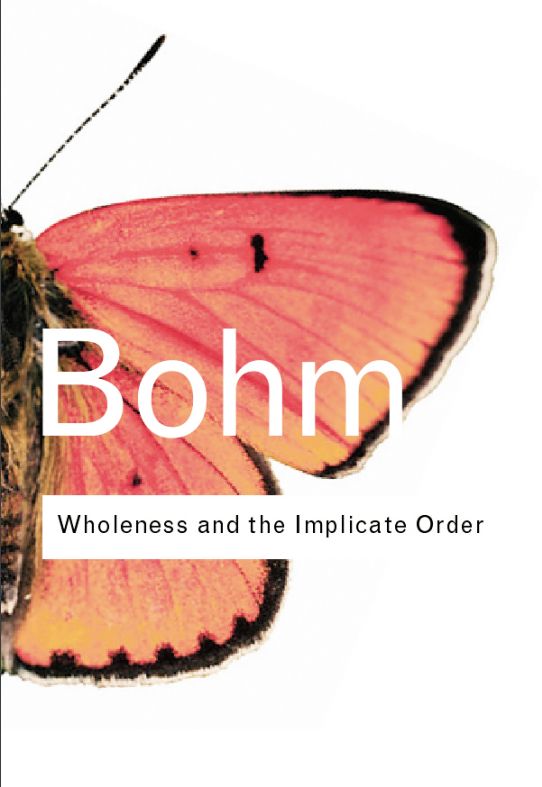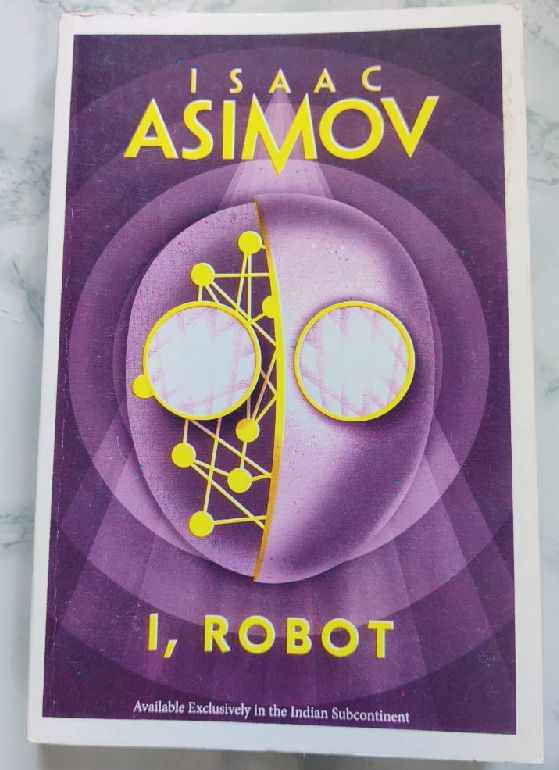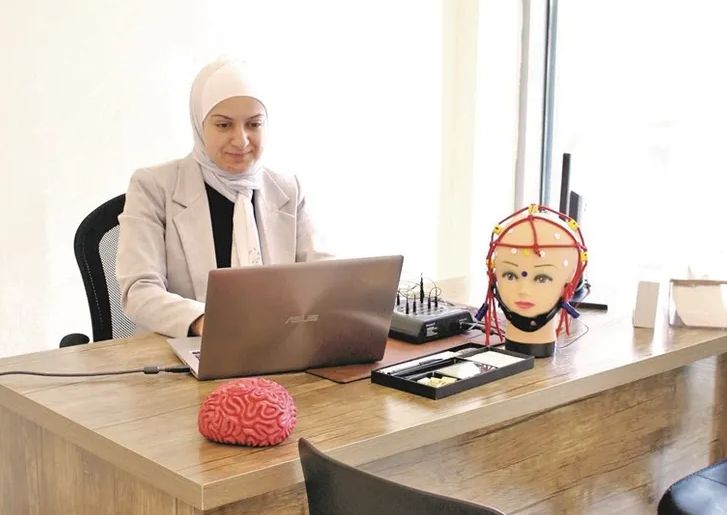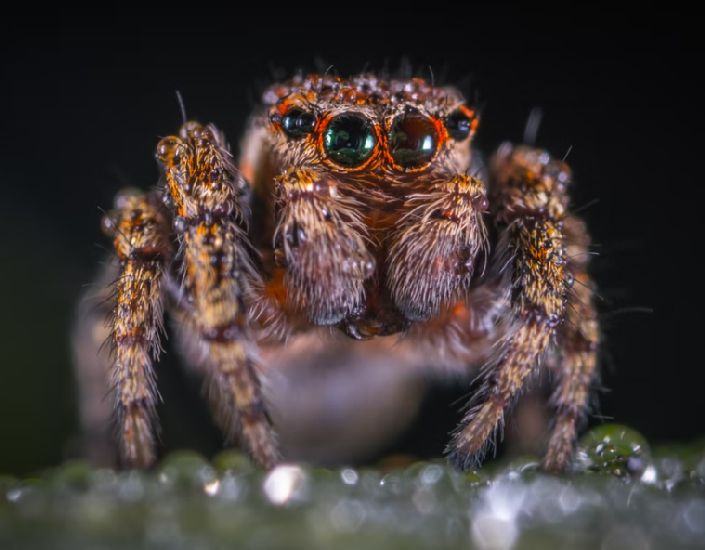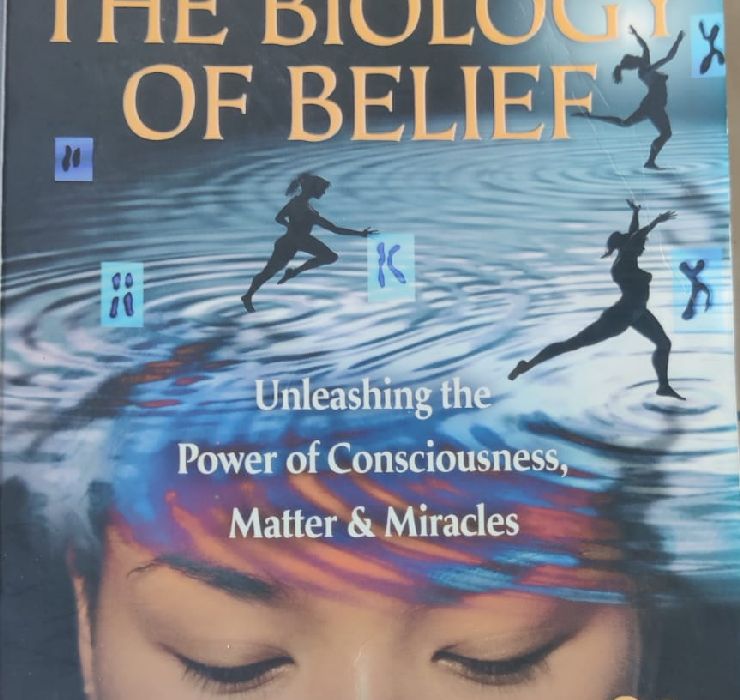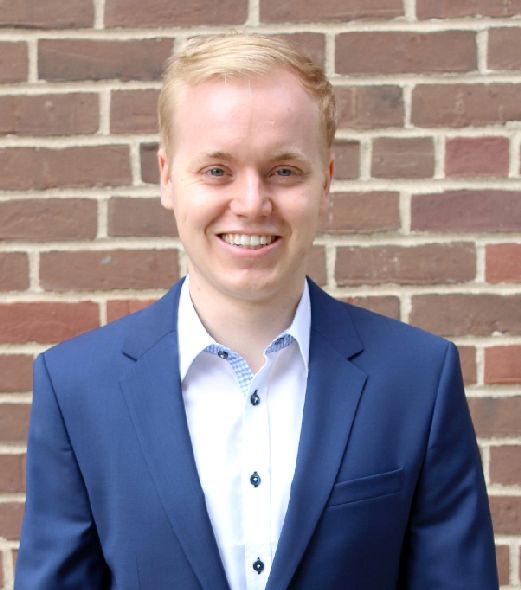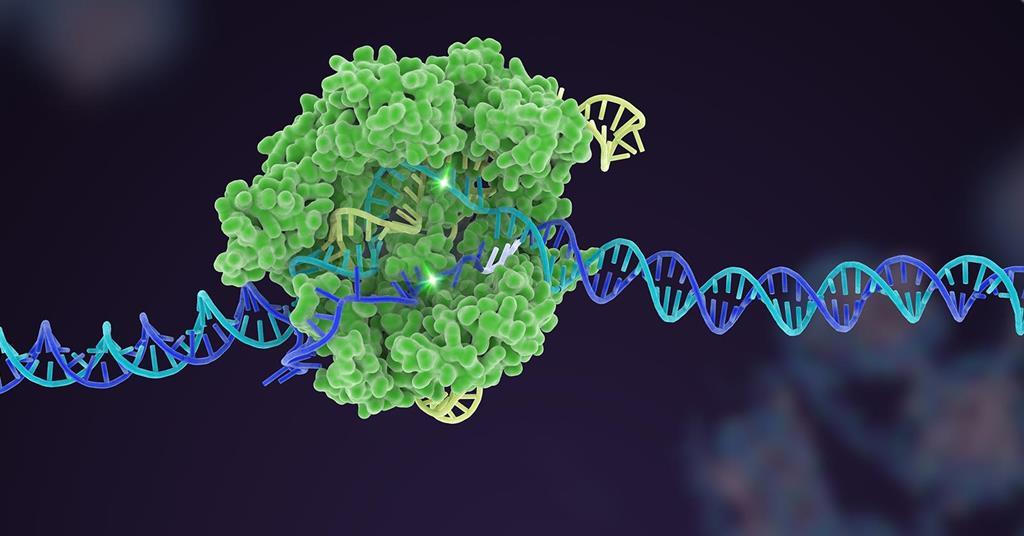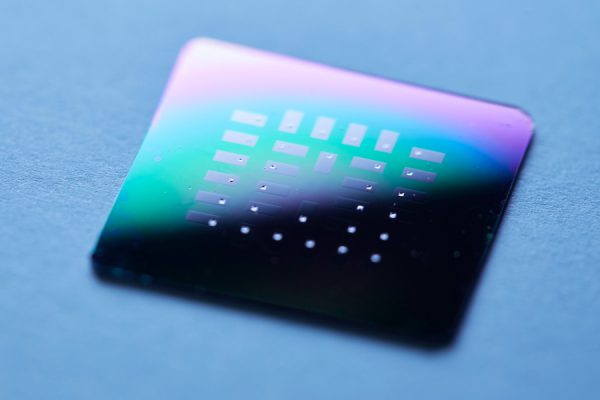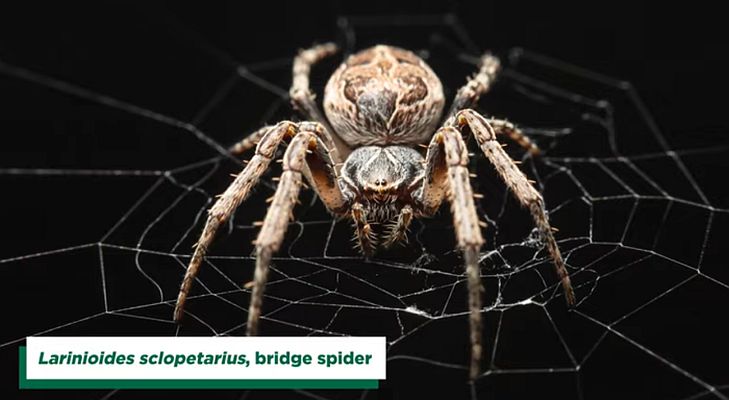Recently, I came across the works of Clifford Pickover. I finished reading Surfing Through Hyperspace and I found it extremely interesting, and so I decided to try another book from his vault – Passion for Mathematics. This book is equally fascinating. I liked the presentation of the content. Firstly, the various mathematical ideas are introduced with diagrams and puzzles, which helps in understanding the notion better. Secondly, quotes are sprinkled here and there to give the subject some poetic effect and depth to abstract concepts. Thirdly, the brain teasers and…
Search Results for: brain
Dysfunction in Protein Homeostasis associated with Parkinson’s Disease: Biomarkers
Parkinson’s disease (PD) is the most common neurodegenerative disease. The characteristic motor impairments are due to two main reasons:
Book review: Surfing Through Hyperspace by Clifford A. Pickover
Surfing Through Hyperspace: Understanding Higher Universes in Six Easy Lessons by Clifford A. Pickover hovers around the concept of fourth dimension. In simple words, it’s a walkthrough of higher dimensions. Clifford A. Pickover is an American author, editor, and columnist in the fields of science, mathematics, science fiction, innovation, and creativity. A futurist and science writer, Pickover likes to contemplate realms beyond our 3-dimensional reality. Interestingly, he puts his ideas down on paper for readers like us to experience his visualizations.
Book Review: The Technological Singularity by Murray Shanahan
The Technological Singularity by Murray Shanahan hovers around a hypothetical event that is, a time in the future when AI has totally eclipsed human intelligence. What then? There will be an exponential progress in technology that’ll create a future too difficult to predict. Some experts, however, suggest that AI then can solve some of the world’s most pressing problems such as climate change, disease, and poverty. While others believe that the singularity could lead to the end of humanity as we know it.
Book Review: Genius Foods by Max Lugavere
Human brain, is one of the most remarkable developments of evolution. Research has shown that it is capable to develop and adapt throughout our lives. New experiences and environmental changes are instrumental to its ability to reorganize itself by forming new neural connections and pathways. Also called as neural plasticity or brain plasticity. Yet, there are factors that could be detrimental to our brain health. Poor diet, no physical activity, chronic stress, and insufficient sleep are some triggers that can have negative effects on brain function and cognitive performance.
Book Review: Wholeness and the Implicate Order by David Bohm
Our perception of the reality is not whole rather it is fragmented, this is the essence of Bohm’s Wholeness and the Implicate Order. David Bohm was a theoretical physicist who made significant contributions to the field of quantum mechanics. He was known for his causal and nonlocal interpretation of quantum mechanics, which challenged traditional views of the subject. He was also known for his work in other areas of physics and philosophy, including the concept of “implicate order” and his contributions to the understanding of the relationship between consciousness and…
Book Review: I, Robot by Isaac Asimov
I, Robot by Isaac Asimov is a collection of short stories written between 1940 and 1950 and were composed together in 1950. To create an ethical system for the co-existence of humans and machines, Asimov, laid the foundation of the three laws of robotics, which were:
Interview: Wa’d AbuZurayk, a Neurotherapist and Paediatric Occupational Therapist, Jordan
Wa’d AbuZurayk is the first qualified neurotherapist and paediatric occupational therapist in Jordan. She has attained her licensed device from Germany. The device is both FDA and internationally approved. She is also the founder of Ujeed, Child Development Consultations in Amman, Jordan. These days most of her time is occupied with families to create their own unique narrative through neurotherapy, occupational therapy and a pinch of magic. With the help of neurotherapy, Wa’d aims to retrain the brain to develop new skills and increase brain fitness. While at the same time…
Retinal Movements of Spider suggest REM Sleep: Arachnid is Dreaming
After researchers have figured out that spiders use their silk to hear, scientists have discovered that arachnids have patterns of sleep cycles. In one such observation, they not only twitched their legs toward the sternum but and flickered parts of their eyes. The phenomenon is similar to REM sleep-like state.
Book Review: The Biology of Belief by Dr. Bruce Lipton
The Biology of Belief: Unleashing the Power of Consciousness, Matter & Miracles by Dr. Bruce Lipton came around the time when epigenetics was peeking over the horizon. The book talks about an individual’s belief system. As per which, thoughts, either positive or negative, have power to change our mental state, and hence our bodies and physical well-being. Understanding in physics graduated steadily. From Newtonian classical physics to Einstein’s theories of relativity followed by quantum mechanics, the physics of sub-atomic particles. According to Dr. Bruce, similar transition was missing in Biology.…
Interview: Dr Philipp Simons, Materials Scientist at Massachusetts Institute of Technology
Dr. Philipp Simons recently hit headlines with his new paper on miniature glucose fuel cells for implantable devices. According to him, human body is saturated with glucose hence, harvesting this energy to power implantable devices is an achievable feat. Dr. Jennifer L.M. Rupp from Technical University Munich in Germany, also Dr. Simons’ thesis supervisor, postulated that battery takes up 90% of an implant’s volume. Interestingly, the new fuel cell will mask the implant and power it with no volumetric footprint. Their innovative approach to solve medical problem gave me an…
The Ear-EEG Measure How Astronauts Sleep: Sleep in Orbit
Sleep is the most vital process for overall mental development. Irrespective of age, sleep deprivation leads not only to mood fluctuations the next day but it also affects the overall productivity including decision-making skills, creativity and judgment. Astronauts who spend quite some time in zero gravity face issues while maintaining normal sleep patterns. Even an artificial day-night cycle does not help them in keeping up with a natural circadian rhythm. Therefore, to get more understanding in the brain’s electrical activity and map sleep patterns, researchers at Aarhus University have developed…
Compact Cas7-11 Enzyme for RNA Editing: CRISPR-Cas System
The CRISPR CAS9 system famously known as genetic scissors was discovered by Emmanuelle Charpentier and Jennifer Doudna in 2012. And since then, the new tool has been studied extensively across global academia. Initial studies of the genome editing tool altered only the DNA. However, lately the CAS system is also studied for editing RNA. What is CRISPR-CAS system? CRISPR-CAS system is an adaptive immune system of bacteria, which protects it from invaders. Also, it defends the bacterial host from renewed infection as it memorizes previous infections. DNA has the fingerprint.…
Ceramic based Micro Glucose Fuel Cells: Implantable Power Sources
In the coming two decades, nanotechnology will surely touch the lives of nearly all people across globe. As technology progresses, we will experience next generation sensors embedded in all things that we use, including our clothes, kitchen and within ourselves. Yes, IoT is coming here to stay. So, the next question is what will be the efficient power source for these devices, especially the implantable sensors and drug-delivery systems? Researchers at MIT have paved a way for glucose powered medical implants. With their newly designed glucose fuel cell, they are…
Spiders Can Use Their Silk to Hear: Acoustic Properties of Webs
Researchers at Binghamton University, in collaboration with Cornell University, suggest that spiders use their webs to assist in their hearing mechanism. Distinguished Professor Ron Miles and doctoral student Junpeng Lai conducted the experiment at the Binghamton University anechoic chamber.

